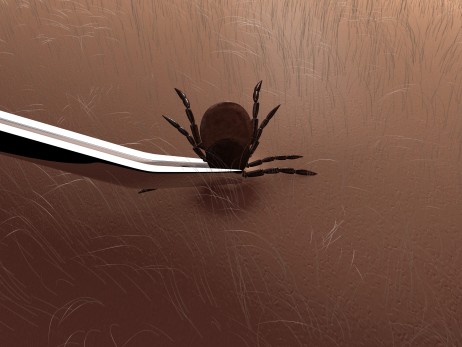You can protect yourself against Lyme disease.
The bacteria that cause Lyme disease can spread to humans and pets through the bite of an infected black-legged tick. Mild symptoms can be treated with a short course of antibiotics. But Lyme disease can become serious, especially if not treated early.
That’s why you need to know what to do to reduce your risk of Lyme disease if you’re bitten by a tick — and the risk factors and symptoms that might point to a diagnosis.
But don’t let concern about Lyme disease keep you inside. You can take steps before you go outside, once you’re outdoors, and after you get home to prevent tick bites on yourself, your children, and your pets so you can safely enjoy the outdoors.
Preventing Tick Bites
The key to preventing Lyme disease is avoiding tick bites. The best way to do this is through a combination of using repellents, dressing appropriately, tick-proofing your clothing and gear, and carrying a tick removal kit with you when you’re outdoors. Each of these steps adds an extra layer of protection.
Studio Banyan
“Protect yourself from tick bites. Check for tick bites. Know what to do if you find a tick.”
Lyme Disease Patient Experience Survey Respondent
Male, 73, Croydon, PA

PROTECT YOURSELFDo you know what to do if you find a tick on yourself or your child?
Don’t panic. A tick — or even a tick bite — doesn’t necessarily mean you are going to get Lyme disease or another tick-borne disease. However, you do need to act promptly to remove the tick.
We’ll walk you through the seven steps you should follow to properly remove an attached tick.
Be Safe at Home
Protect Your Yard From Ticks
Your yard may be your sanctuary, but it may also be home to black-legged ticks, the tiny pests that can infect you with Lyme disease and other illnesses. Modifications to your yard can reduce your chances of coming into contact with ticks.

